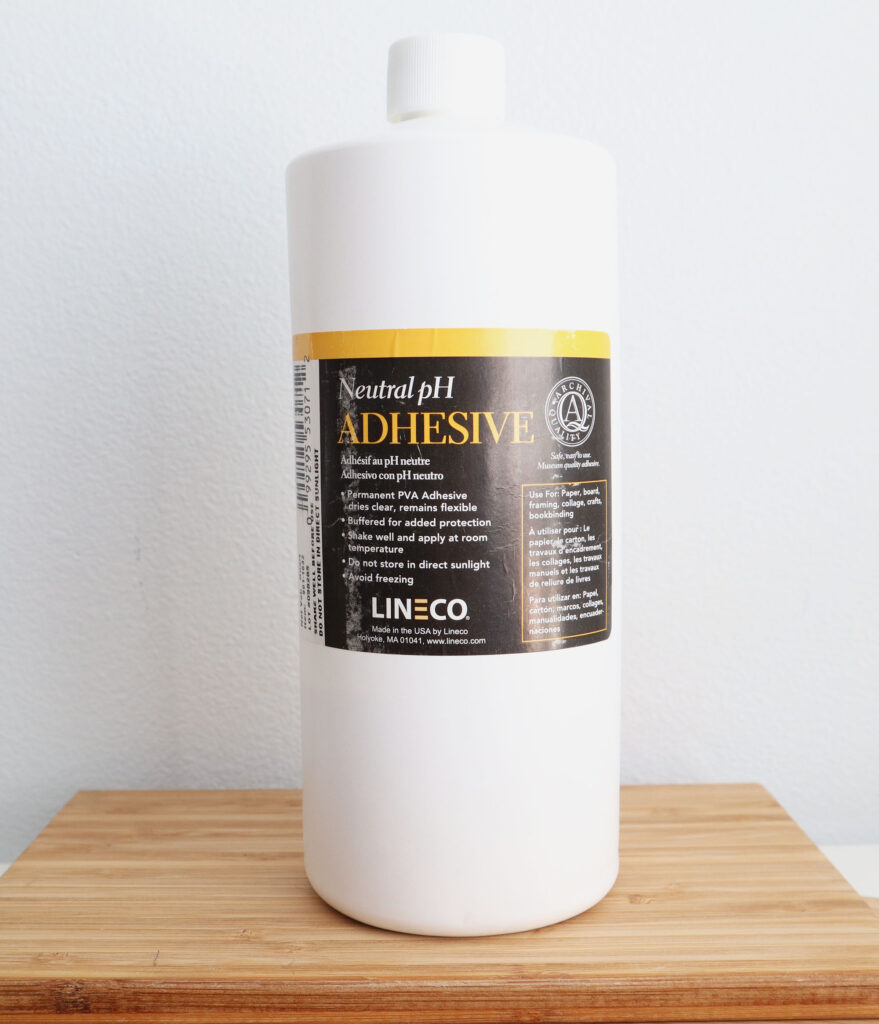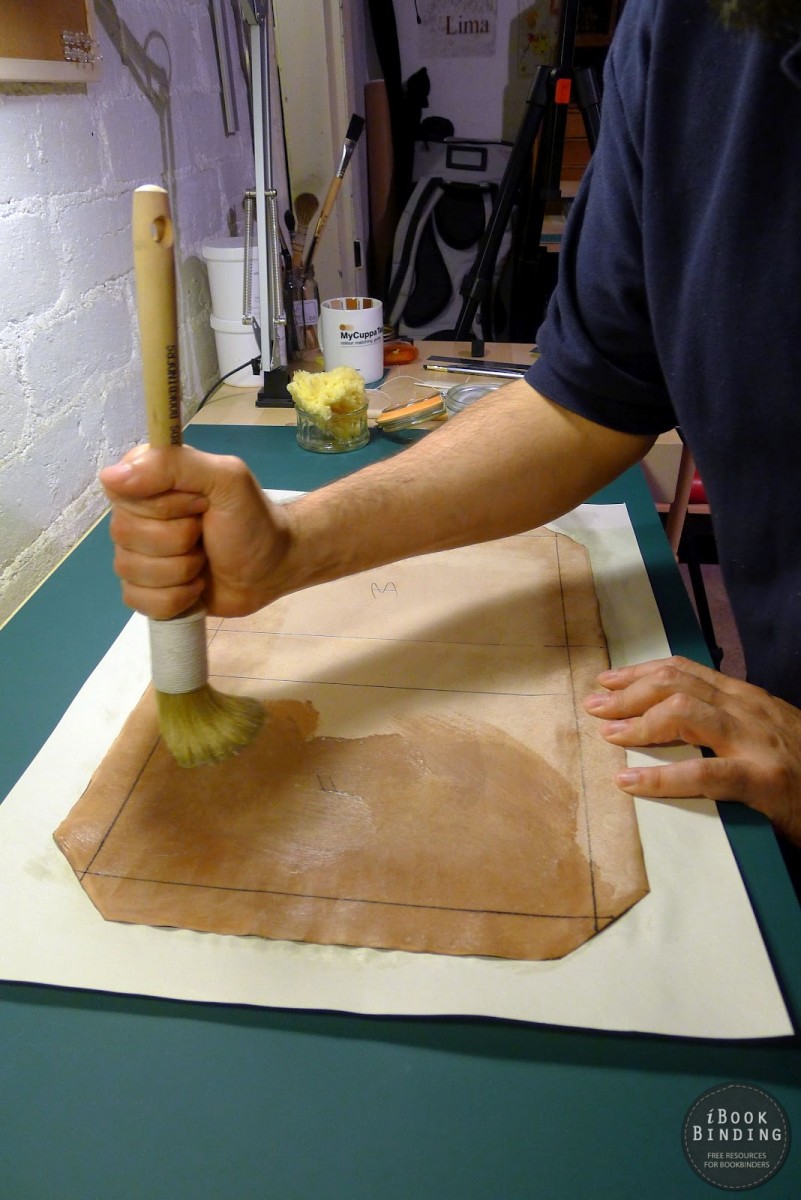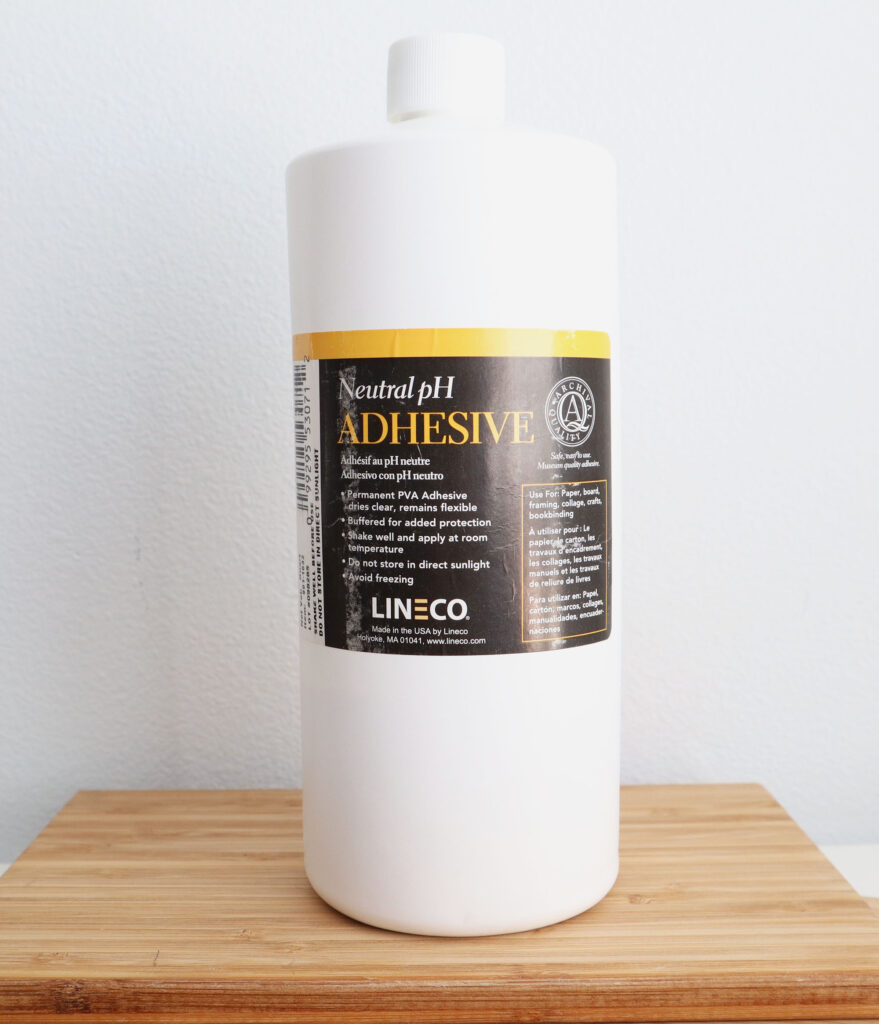If you’ve ever wondered, “Is wood glue good for book binding?” then you’ve come to the right place. Book binding is an art that requires the right materials and techniques to ensure that your precious books stay intact. In this article, we’ll explore whether wood glue is a suitable option for binding books and discuss its pros and cons. So, let’s dive in and find out!
Wood glue has been a popular choice for various woodworking projects, but can it work its magic on book binding? Well, the short answer is yes, it can be used for book binding. With its strong adhesive properties and ability to bond different materials, wood glue can effectively hold pages together and provide a durable binding. However, before you start reaching for that bottle of wood glue, it’s important to consider a few things.
While wood glue can be used for book binding, it may not be the best option for all types of books. Factors such as the type and weight of paper, the desired flexibility of the book, and its intended use should be taken into account. Additionally, the application process and drying time of wood glue can be quite time-consuming compared to other binding methods. So, it’s essential to weigh the pros and cons before deciding whether to go with wood glue for your book binding adventure.

Is Wood Glue Good for Book Binding?
Bookbinding is a delicate process that requires careful consideration of materials and techniques. One popular adhesive option for bookbinding is wood glue. But is wood glue truly a suitable choice for this purpose? In this article, we will explore the pros and cons of using wood glue for book binding and delve into alternative adhesive options that may better suit your needs. Whether you are a bookbinding enthusiast or simply curious about the art, read on to discover the best options for your bookbinding projects.
The Pros and Cons of Using Wood Glue for Book Binding
Wood glue has gained popularity among bookbinders due to its strong adhesion and affordability. However, it is important to consider both the advantages and disadvantages before deciding if wood glue is the right choice for your bookbinding project.
Advantages of Using Wood Glue
Wood glue offers several benefits that make it a viable option for bookbinding. Firstly, it provides a strong bond, ensuring your book remains intact even with frequent use. Additionally, wood glue is readily available in most hardware or craft stores, making it easily accessible. It is also cost-effective, allowing you to save money while still achieving satisfactory results. Since wood glue dries clear, it does not leave any visible residue on the book’s pages, ensuring a clean and professional finish.
Moreover, wood glue has a long shelf life, allowing you to use it for multiple bookbinding projects over time. It is also compatible with different types of paper and book covers, giving you versatility in your design choices. Finally, wood glue is relatively easy to apply, making it suitable for beginners in bookbinding.
Disadvantages of Using Wood Glue
While wood glue offers many advantages, it also has a few downsides to consider. Firstly, wood glue can take a longer time to dry compared to specialized bookbinding adhesives, which can extend the overall bookbinding process. Additionally, wood glue may cause some pages to stick together if excess glue is not removed during the application process.
Another concern is the long-term durability of wood glue. Over time, the bond created by wood glue may weaken, which can result in pages becoming loose or falling out. This is especially true if the book is subject to significant wear and tear or exposed to extreme temperature and humidity changes.
Furthermore, wood glue can add weight to the book, which may be a concern if you are binding a large or heavy volume. Lastly, while wood glue is generally safe to use, some individuals may be sensitive or allergic to the ingredients, so it is essential to take necessary precautions and use protective gear if needed.
Alternative Adhesive Options for Book Binding
If the disadvantages of using wood glue for book binding do not align with your requirements, there are a few alternative adhesive options worth considering:
1. PVA Glue (Polyvinyl Acetate)
PVA glue is a popular choice for bookbinding due to its strong adhesion, versatility, and long-lasting bonds. It dries clear and remains flexible, making it ideal for both paperback and hardcover books. PVA glue also offers a faster drying time compared to wood glue, allowing you to complete your bookbinding projects more efficiently.
2. EVA Glue (Ethylene Vinyl Acetate)
EVA glue is another suitable alternative for bookbinding. It provides excellent adhesion and flexibility, ensuring a secure and durable bond. EVA glue has a faster drying time compared to wood glue and can be used for various bookbinding applications, including repairing worn-out bindings.
3. Bookbinding Glue
As the name suggests, bookbinding glue is specifically formulated for bookbinding projects. It offers excellent adhesion and flexibility and is designed to withstand the rigorous demands of book use. Bookbinding glue is available in different viscosities to accommodate various paper weights and binding styles.
Factors to Consider When Choosing an Adhesive
When deciding on an adhesive for your bookbinding project, it is crucial to consider several factors:
1. The type of paper you are using
Some adhesives may work better with certain types of paper, such as lightweight or glossy paper. Consider the properties of your chosen paper and ensure that the adhesive you select is compatible.
2. The amount of time available
If you need to complete your bookbinding project quickly, opt for an adhesive with a short drying time, such as PVA glue or EVA glue.
3. The desired flexibility and durability
If you expect your book to experience frequent use or exposure to various environmental conditions, consider an adhesive that provides flexibility and long-lasting bonds, such as bookbinding glue.
4. Personal preferences and sensitivities
Take into account any personal sensitivities or allergies to certain adhesive ingredients. Read the labels and choose an adhesive that is safe for your needs.
In conclusion, while wood glue is a viable option for bookbinding due to its strong adhesion and affordability, it is important to weigh its advantages and disadvantages before making a decision. There are alternative adhesive options available, such as PVA glue, EVA glue, and bookbinding glue, that may better suit your specific requirements. Considering factors like the type of paper, drying time, flexibility, durability, and personal sensitivities will help you choose the best adhesive for your bookbinding projects. Happy bookbinding!
Key Takeaways: Is Wood Glue Good for Book Binding?
- Wood glue can be used for book binding, but it’s not ideal.
- While wood glue provides a strong bond, it may not be flexible enough for the pages to open smoothly.
- For better results, it is recommended to use a specialized bookbinding adhesive.
- Bookbinding adhesives like PVA glue or adhesive tapes are designed to be flexible and durable.
- Using the right adhesive will ensure that your book remains intact and allows for easy page turning.
Frequently Asked Questions
Welcome to our FAQ section where we answer some common questions regarding wood glue and its suitability for book binding.
Can wood glue be used for book binding?
Yes, wood glue can be used for book binding. Wood glue is a type of adhesive that provides a strong, durable bond when used on various materials, including paper. When used correctly, wood glue can effectively bind the pages of a book together, ensuring they stay in place for a long time.
However, it is important to note that not all wood glues are suitable for book binding. Look for an acid-free, archival quality wood glue that is specifically designed for use on paper and bookbinding projects. These types of wood glues are less likely to yellow or deteriorate over time, making them ideal for preserving the longevity of your books.
What are the advantages of using wood glue for book binding?
There are several advantages to using wood glue for book binding. Firstly, wood glue provides a strong bond that ensures the pages of the book stay securely bound together. It dries clear, making it aesthetically pleasing and less noticeable between the pages.
Additionally, wood glue is relatively easy to work with as it has a longer drying time compared to other adhesives. This gives you more time to position the pages correctly before the glue fully sets. Wood glue is also readily available and affordable, making it a cost-effective option for bookbinding projects.
Are there any disadvantages to using wood glue for book binding?
While wood glue is a popular choice for book binding, it does have some disadvantages. One of the main drawbacks is that wood glue can be quite messy if not applied correctly. Excess glue can seep out from the edges of the pages, potentially damaging the book’s appearance and making it difficult to open the pages without tearing them.
Additionally, certain types of wood glue may dry to a slightly yellow color, which can be visible on lighter-colored or translucent paper. To prevent this, it is crucial to use an acid-free, archival quality wood glue that is specifically designed for use on paper to minimize any yellowing or deterioration over time.
Can wood glue be used for repairing book bindings?
Yes, wood glue can be used for repairing book bindings. If your book’s binding has come loose or pages have started to separate, a suitable wood glue can help reattach the pages and strengthen the binding. Make sure to clean any loose or excess glue before applying the new glue to ensure a proper bond.
It is important to note that wood glue might not be the best option for repairing delicate or valuable books. In such cases, it is recommended to seek professional book restoration services to ensure the book is repaired using appropriate materials and techniques.
Are there any alternative adhesives for book binding?
Yes, there are alternative adhesives for book binding. While wood glue is a commonly used adhesive, other options can also be suitable depending on the type of book and its materials. Some alternatives to wood glue include PVA glue (Polyvinyl Acetate), specifically designed bookbinding glue, and glue sticks.
PVA glue is similar to wood glue and provides a strong bond. It is available in both archival quality and non-acid-free options. Specifically designed bookbinding glues are formulated to work well with paper and bookbinding materials, providing a reliable bond. Glue sticks are easy to apply and suitable for smaller bookbinding projects but may not be as durable as liquid adhesives.

Summary
Wood glue can be used for bookbinding, but it may not be the best choice in all situations. While it is easy to use and provides a strong bond, it can also be messy and difficult to clean. Additionally, wood glue may not be suitable for delicate or valuable books as it can be hard to reverse the binding if needed. It is important to consider the specific requirements of the book and the desired outcome before using wood glue for book binding.
In cases where the book is less valuable or you need a quick and sturdy binding, wood glue can be a viable option. However, for more delicate or valuable books, it may be better to use other techniques or materials such as thread or specialized bookbinding glue. Remember to always test the glue on a small, inconspicuous area first to ensure compatibility with the book’s paper and cover materials.
